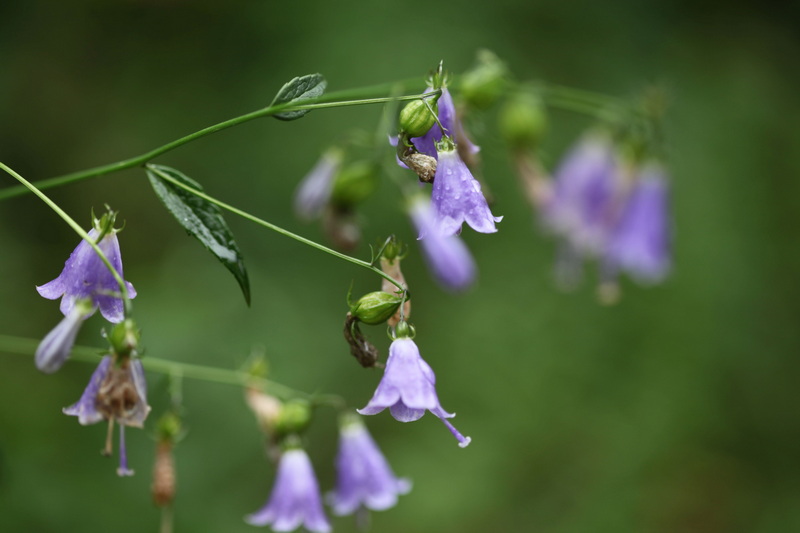In 2016, the international journal "Acta Biologica Cracoviensia s. Botanica" (No. 58, 2) published an article co-authored by one of the botanists employed at the PAN Botanical Garden - CZRB in Powsin, Adam Kapler, titled "The Botanical Garden of Powsin. "Adenophora liliifolia: condition of its populations in Central Europe".
This was the first such comprehensive synthesis of floristic, ecological and genetic data, covering most of the borderland sites of this critically endangered species throughout the "new EU" (from the Czech Republic through Hungary to Romania and Poland).
Based on AFLP markers, a clear genetic distinctiveness of populations from the Southern Carpathians (Romania), Western Carpathians (Slovakia) and the Pannonian Biogeographical Area (southern Slovakia and Hungary) from the rest of the populations was demonstrated. The occurrence of unique alleles there, absent in the rest of the populations, suggests a longer period of isolation, so it has a strongly relict character.
Bellflower, in Poland associated almost exclusively with light oak forests slowly changing into warm oak-hornbeam, has quite a wide phytocenotic scale in Central Europe, estimated according to the rules of the French-Swiss school. It is also sometimes found in beech forests, relict grasslands and variegated meadows, relict mountain pine forests on limestone, and even mountain herbs and alders.
Publication:
Prausová, R., Marečková, L., Kapler, A., Farkas, T., Indreica, A., Šafářová, L., & Kitner, M. (2016). Adenophora liliifolia: condition of its populations in Central Europe. Acta Biologica Cracoviensia s. Botanica 58, 2: 83-105.
post
post
2016-07-04 05:34:29


